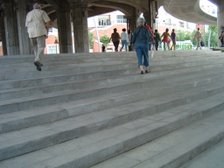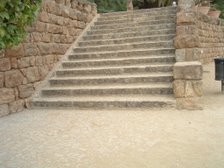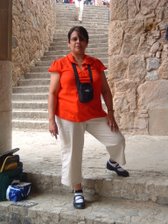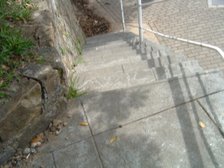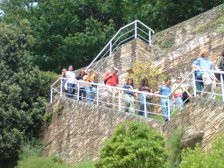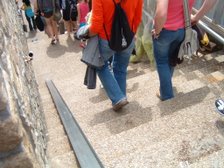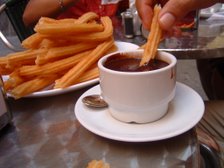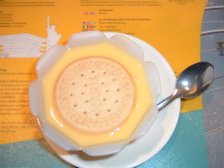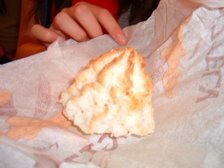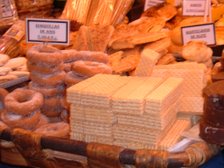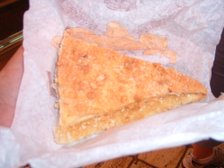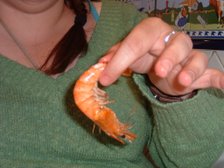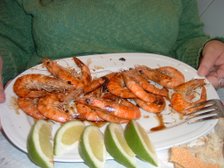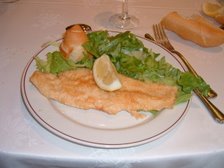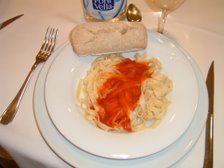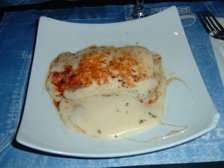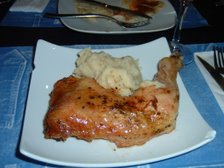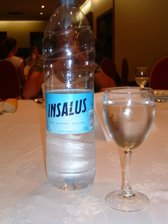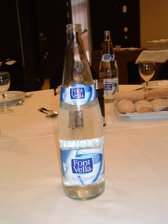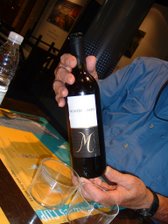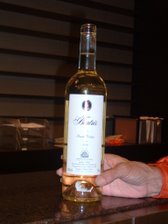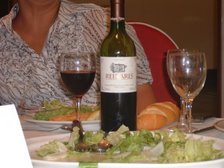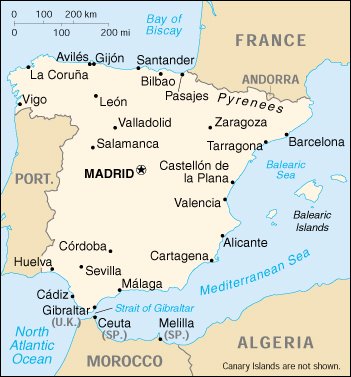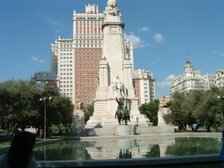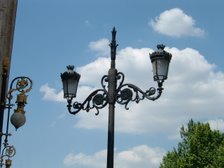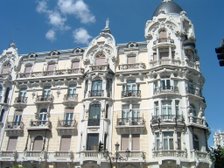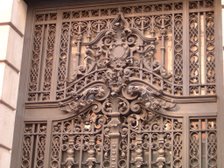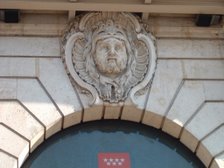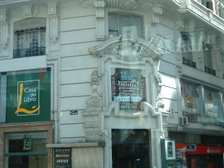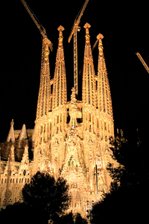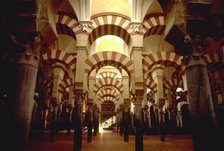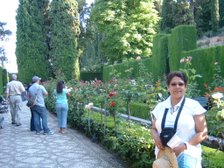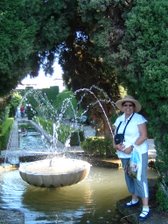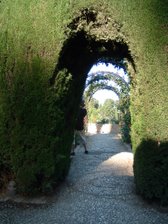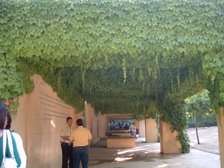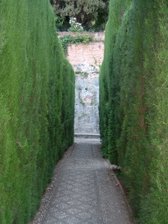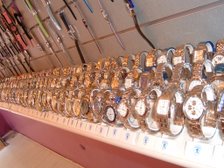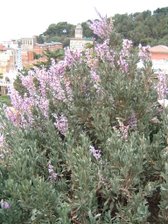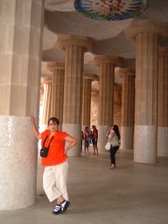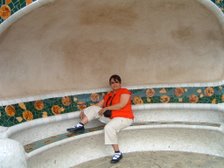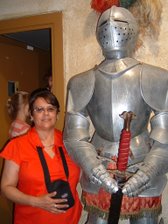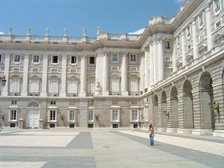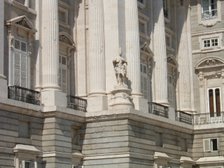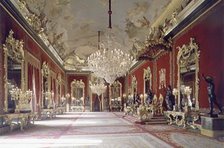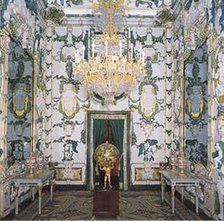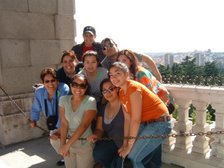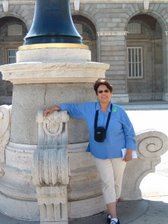The first to migrant into the Iberian Peninsula were the Iberians. They were believed to have come from North Africa in the third millennium B. C., but their origin in not certain. They were dark skinned sporting long hair. They lived in small settlements on the hilltops and lived along the coast as farmers, fishermen, or merchants isolated from other tribes. Their diet was mostly fish and olive oil. They loved wine they even mixed wine with honey. Iberians mined silver, created works of bronze and iron. Their contribution was agricultural and metallurgical. It is said that Iberians could endure hardships and pain more then any other society. The Iberians were argumentative people, dedicated to bulls, and horses.
They disliked organization for they were individualistic. Therefore, they were suspicious of all strangers. Superstition was evident in their religion and they had great respect for their elders.
Iberians communicated orally they had no written language. Nevertheless, they later adopted the Phoenician alphabet. Their language can be linked to the Basque language. Basque is an exceptionally difficult, complex language. “Some romantics believe it was the language spoken by Adam and Eve in the Garden of Eden” as stated in The Story of Spain. It is believed that God condemned the devil to learn Basque because of his contemptible transgression.
The second race to settle on the peninsula of Iberia was the purely indigenous Celtics in the ninth and seventh centuries B. C. They intermarried with the Iberians creating a new race called Celtiberians. The Celtics spread over about two-thirds of the peninsula inhabiting meseta and most of the north and west. They studied the properties of metals and were experts in extracting and refining alloy and creating exceptional works of art. One of their creations is the short broad sword, which can be seen in museums today. They were shepherds by nature and introduced the custom of wearing trousers. They had an unusual custom of placing their sick along the roadside in the hopes any one passing would aid the ailing. It was the custom of the Celtics to burn their dead.
The Phoenicians were the third race to settle on the peninsula competing to control Spain’s coastline and resources. Some of their features were dark skin, wide foreheads, high cheekbones, and hooked noses. They were in the trading and fishing industry. They brought Middle Eastern culture and advance Mediterranean civilization to the peninsula. One of the main influences in society was their alphabet that consists of 22 characters. Their alphabet influenced the Ancient Greek and Hebrew alphabets. We now use their S shape that has two lines running down as our dollar sign. Some of the Phoenician artifacts that remain today are alabaster jars with names of Egyptian pharaohs and decorated ostrich eggs. They brought with them their advance Mediterranean civilization.
One of the greatest civilizations in history is located in central Italy that civilization is Rome. Rome ruled the Iberian Peninsula, which they called Hispania Rome. They are known for their army, Christianity, architecture, and entertainment. Their army destroyed their enemy mercilessly and uses them for violent sport. They spread Christianity through the land. They brought cultural to the peninsula. Romans contribution to Spain was their language, architectural and their engineering principles that are still used today. They built roads, bridges and aqueducts.
Web pictures
 To the right is a view of the aqueduct.
To the right is a view of the aqueduct.
To the left is a detail view of the aqueduct.
Rome rule lasted six centuries. They came across war nature natives who seemed to live for battle. Rome’s army was annihilated at Cannae, members of the senate were killed heads were lost. It took two centuries and more than 150,000 live to hold back the peninsula.
